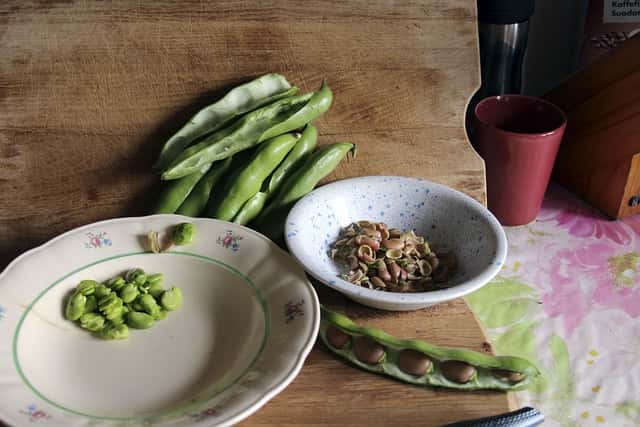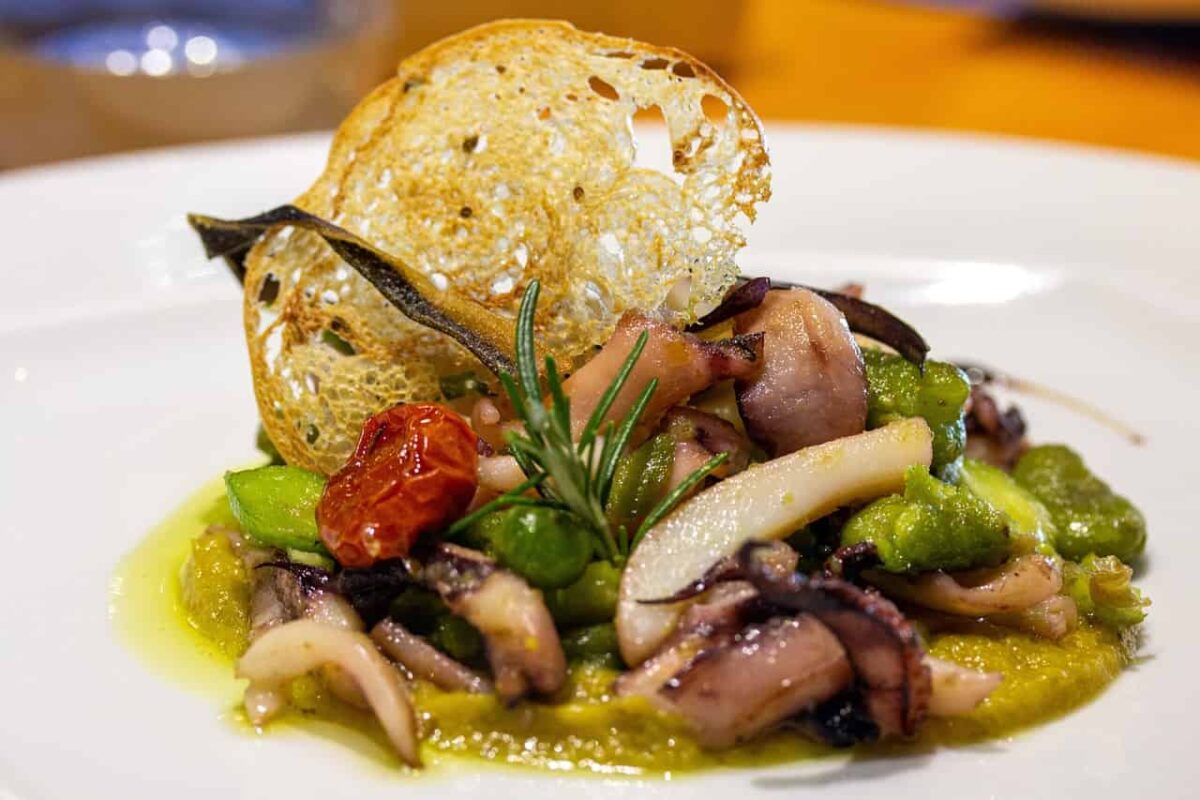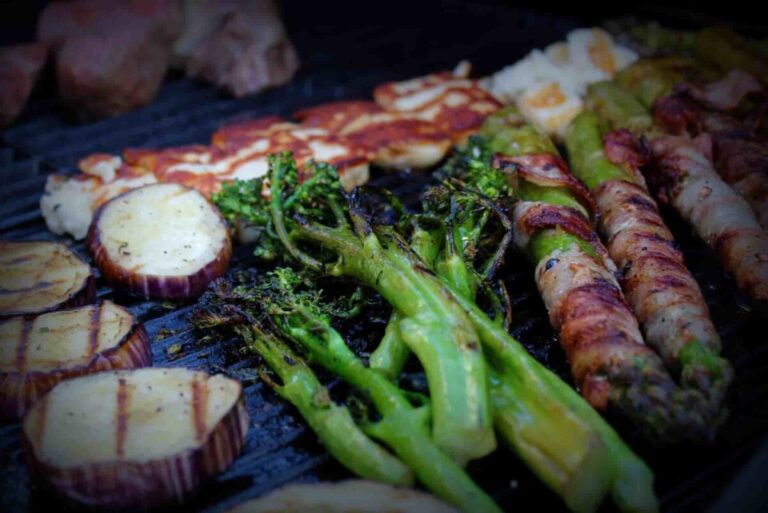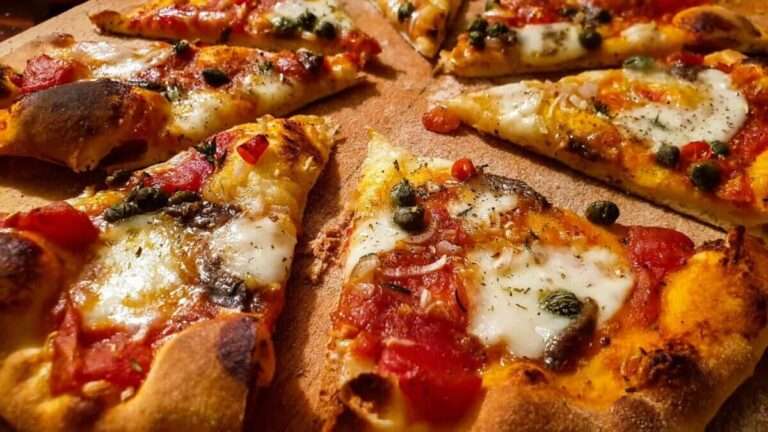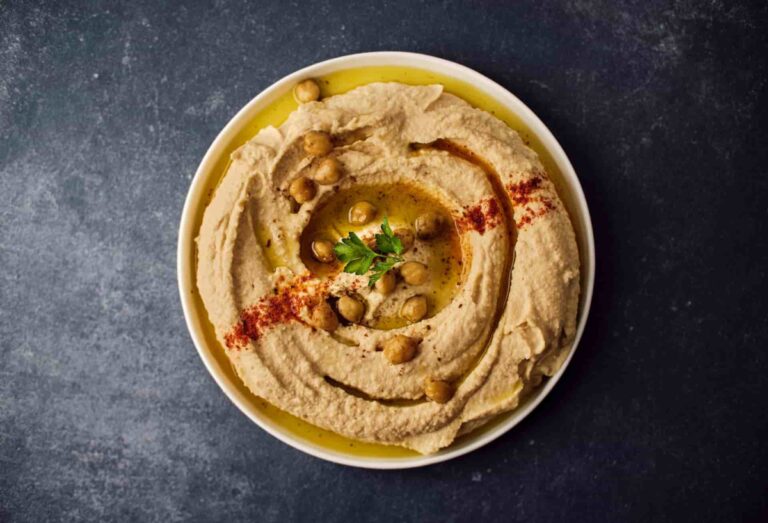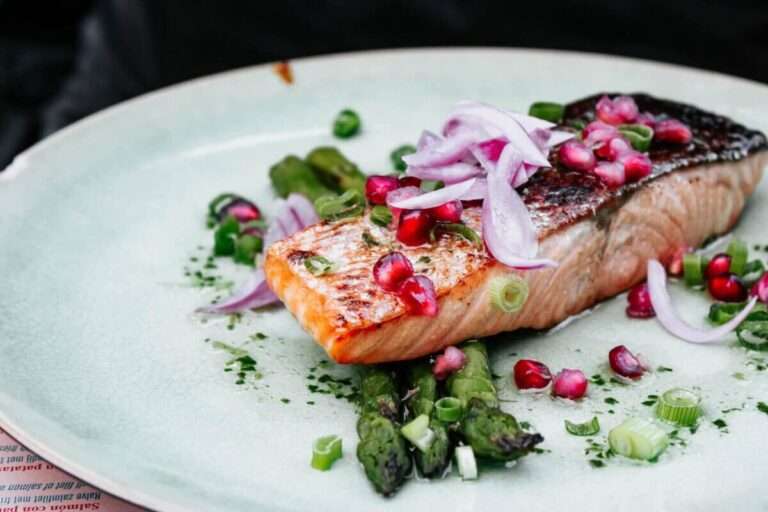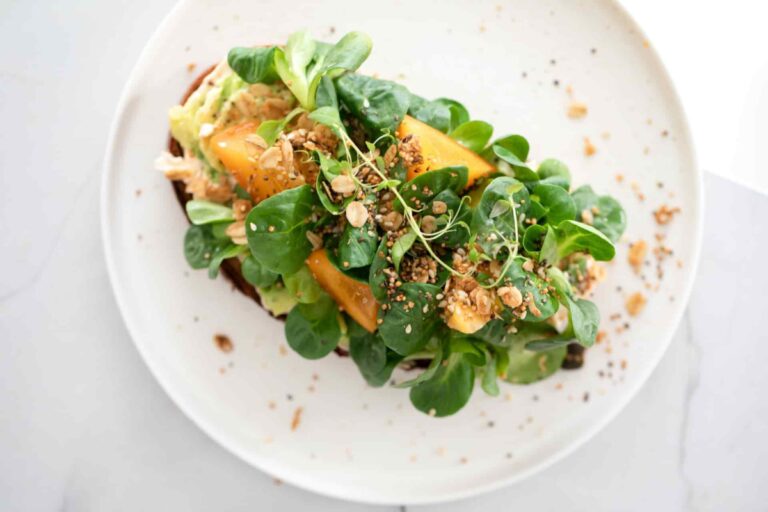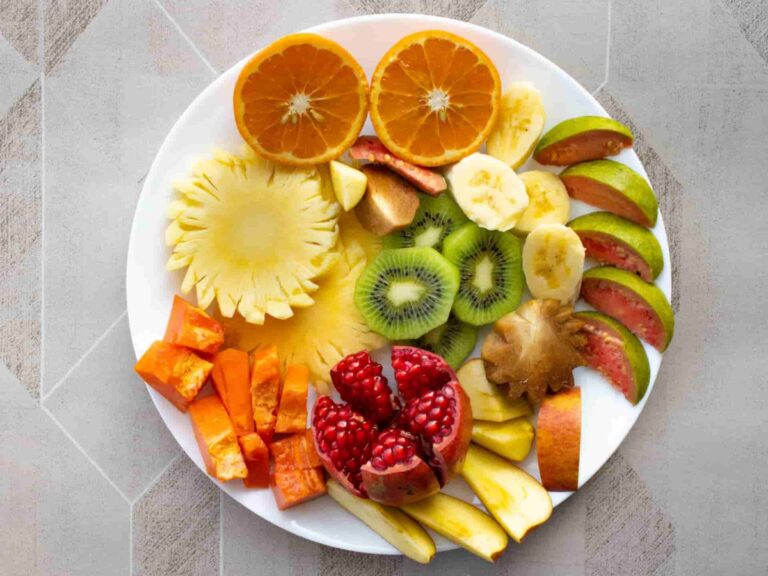Fava beans 101- kitchen insights just for you
Did you know that fava beans are considered to be one of the most popular types of legumes?
- Fava beans, along with peas and beans, are among the most well-liked legumes, particularly in vegetarian cuisine, since they are a fantastic alternative for meat that can both offer the essential protein and balance out meals. This is especially true in vegetarian cooking. It was introduced to the Americas by Europeans, but it does not have the same level of popularity there as it has on the so-called “Old Continent.”
- Because it is one of the plants that grows with the least amount of effort, not only is it the most common plant in the world, but it is also one of the oldest. It may be traced all the way back to the time when the Old Continent was connected to Asia. They may be traced back to 6000 B.C. in the Mediterranean region.
- Falafel, which are typically prepared with chickpeas but may also be made with fava beans and are notably popular in Egypt, are a kind of vegetable patty that can be found all across the Middle East. Falafel are often fried. They are given a generous amount of seasoning before being fried in sesame seeds.
- In several cultures and traditions, the fava bean is considered to be a good or terrible omen of luck. One fava bean is traditionally inserted into the roscon de reyes, the cake that is offered on the Feast of the Three Kings, not just in Spain but also in France and other northern European countries, beginning in Switzerland and continuing farther north. Those who locate it are the ones who are responsible for purchasing the cake. The fava bean is significant in several cultures as a sign of prosperity and a bountiful crop.
- The process of peeling the beans is considered a zen practise since it is an experience that promotes serenity and attention. In the past, this task was customarily carried out by women as they sat in a circle, each supporting an apron full of newly harvested fava beans on their laps. Fava beans are a kind of vegetable that help to maintain culture since they need a lengthy cooking process and a lot of social interaction.
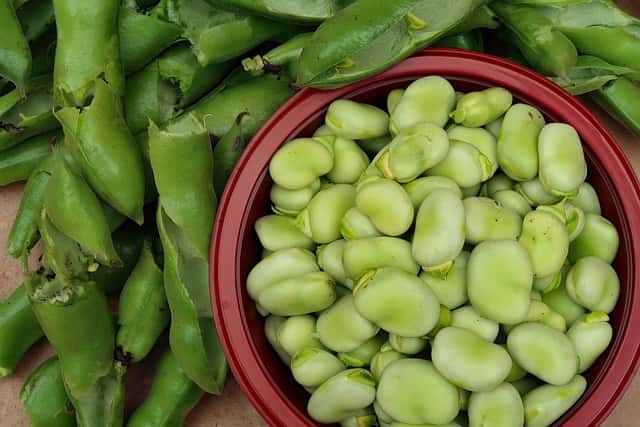
Fava beans nutrition values and health benefits
- Fava beans, in spite of their little size, pack a surprisingly large amount of nutritious content relative to their size. They are especially rich in plant protein, folic acid, and a wide range of other vitamins and minerals, amongst a number of other nutrients. They include a lot of soluble fibre, which not only assists digestion but also lowers cholesterol levels in the body. Soluble fibre is found in abundance in these foods. In addition, in comparison to other legumes, fava beans contain much lower quantities of almost all of the other B vitamins, calcium, and selenium.
- Fava beans may have a high concentration of levodopa, also known as L-dopa, which is a molecule that may be converted into the neurotransmitter dopamine in the body. Tremors, issues with motor function, and difficulty walking are all symptoms that are associated with Parkinson’s disease, which is thought to be caused by the death of brain cells that create dopamine. The use of pharmaceuticals that include L-dopa is often employed in order to effect treatment for these symptoms. Even though there hasn’t been much study done on the subject, it’s possible that eating fava beans might help relieve some of the symptoms associated with Parkinson’s disease.
- Fava beans are a good source of folate, a vitamin that is necessary for the correct development of an infant’s brain and spinal cord. Folate may be found in plenty in fava beans. Consuming an adequate amount of folate when pregnant has been shown to help reduce the risk of neural tube defects occurring in the developing baby.
- Regular consumption of fava beans has been shown to be associated with improved immunological function in humans. They include an especially high concentration of compounds that have the ability to increase the antioxidant activity of the body. Antioxidants are an important component of a healthy immune system because they defend against free radicals, which are unstable molecules that may harm cells and contribute to sickness in the body. Aside from that, fava beans include chemicals that have been shown to boost, in human cells, the ability of the powerful antioxidant glutathione to operate and to postpone the process of cells ageing. Fava beans also contain chemicals that have been shown to reduce the risk of cancer.
- Manganese and copper, both of which are nutrients that may aid to prevent bone loss in elderly individuals, may be found in high concentrations in fava beans. Even though the specific roles that manganese and copper play in maintaining healthy bones are not completely understood, research conducted on rodents suggests that deficiencies in these minerals may lead to decreased bone formation and increased calcium excretion. Studies conducted on humans have shown that the minerals manganese and copper are necessary for maintaining healthy bones. Additional research has indicated that the combination of the minerals manganese and copper with the minerals calcium and zinc may assist to prevent bone loss in older women who are otherwise healthy.
- Consuming fava beans, which contain a significant amount of iron, may be helpful in mitigating the symptoms of anaemia. The formation of haemoglobin, a protein that enables your red blood cells to carry oxygen throughout your body, requires a particular quantity of iron. This iron must be present in enough quantities. A deficiency of iron in the body may lead to the condition of anaemia, which is characterised by feelings of fatigue, weakness, dizziness, and shortness of breath. Regular use of fava beans and other plant foods high in iron may help to boost blood iron levels and reduce symptoms of anaemia. Fava beans are one example of such a diet. On the other hand, the kind of iron found in fava beans is the one that is more easily absorbed when paired with vitamin C from other meals, such as citrus fruits or peppers.
- The use of fava beans may result in considerable improvements to one’s health due to the high nutritious content of these beans. It is likely that consuming these beans on a regular basis may help in alleviating the symptoms of Parkinson’s disease, preventing birth abnormalities, increasing the function of the immune system, assisting in weight loss, and lowering blood cholesterol levels and blood pressure.
- In spite of this, they are a delectable addition to a diet that is both healthful and well-balanced, and they are quite versatile. However, there has only been a little amount of study done on the effects that fava beans have on human health, thus more research has to be done on this topic.
170g of fava beans has 187 calories(782kj), 13g protein, 1g fat, and 33g carbs, including 9g fibre.
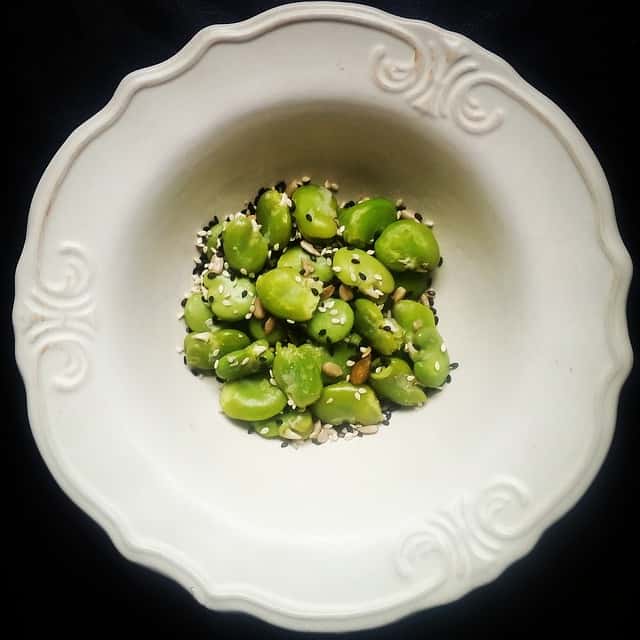
How to store fava beans and how to buy them
- The feast of All Souls, which takes place on November 2, is the appropriate day to plant fava beans, in line with an old Italian tradition. As a direct consequence of this overwintering growth, favas are ready for harvest in the spring. When it comes to the accessibility of fava beans, they often start to become available in the beginning of April at farmer’s markets and other specialised retailers. The season often continues until around the middle of July.
- When they are just harvested, fresh fava beans are often sold still within the pods in which they were grown. Choose pods that are nice and firm and have no flaws or yellow stains on them. Steer clear of pods that are showing signs of dryness or that include beans that are already starting to emerge from the pod.
- The weight of the pods contributes nearly exactly half of the overall weight of the favas. To make the adjustment, you will need to get two pounds of fresh favas still in their pods rather than one pound of cleaned beans. After you have made your purchase, you can maintain the quality of your Favas in the pod by storing them in the refrigerator for up to a week.
- Dried fava beans will usually keep their best quality for about two to three years if they are properly stored at room temperature; after this amount of time, it is likely that they are no longer hazardous to your health to eat them. Always keep the package well wrapped so that the dried fava beans have the greatest shelf life possible. This will guarantee that they may be stored for as long as feasible.
- After you have opened the box of dried fava beans, transfer the beans to an airtight container that has been covered in plastic wrap. Alternatively, you may store the dried fava beans package inside a plastic freezer bag that can be resealed to increase the shelf life of the product even more.
- The consistency, colour, or flavour of dried fava beans may change beyond the storage term that is specified, but it is generally safe to consume them as long as they have been properly stored, the container has not been damaged, and there are no signs that they have gone bad. The dried fava beans need to be thrown away if they have a strange odour, taste, or look; if mould or insects begin to grow on them; or if all of the above occur. Utilizing this technique is the most effective approach to assure that the dried fava beans are free of any potential health risks.
- Blanching the fava beans before freezing them is another approach that is favoured since it allows the beans to maintain their characteristics and nutrients throughout the preservation process. Before you put the beans in the freezer, you only need to cook them for a little period of time (about one and a half minutes). It is possible to freeze fresh fava beans for up to six months at a time and store them in the freezer.
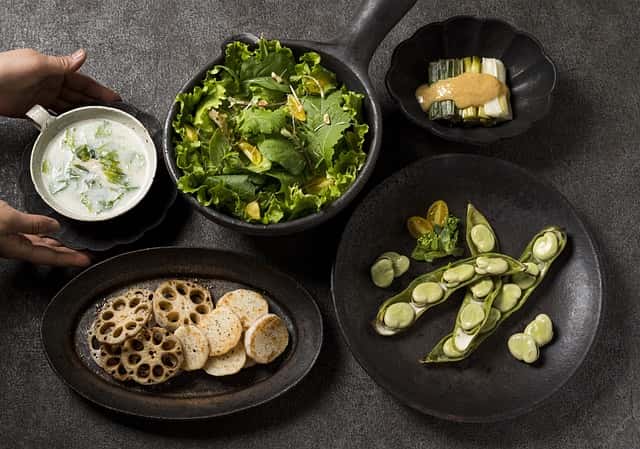
Cooking techniques, secrets, and tips from the kitchen
- They are tender enough to be eaten raw and provide a satisfying crunch to dishes like salads and slaws. Toss them into a wok or frying pan and cook them rapidly until they are crisp. Depending on how thick or thinly you’ve sliced them and how much of a “bite and squeak” you want, they can be cooked in a couple of minutes in boiling water. Simmering them in a thick tomato sauce brings out their natural colour and vitality while also making them very soft.
- While fava beans may have originated in the Mediterranean and Greece, they are now used in all cuisines throughout the world. Made with fava beans, fresh fennel, and other vegetables, this traditional Sicilian dish has been enjoyed by locals for centuries. You may alter the visual appeal of your dish by adjusting the degree to which its components are smooth. Finished dishes may be embellished with a splash of olive oil, a fennel frond, or some reserved beans.
- The soup made from dried fava beans is delicious. If you follow the instructions and use double-shelled dried fava beans, you won’t have to worry about any lumps or a harsh aftertaste from the outer shell. In addition to the standard soup ingredients of onion, garlic, and olive oil, this recipe also includes fresh cumin, a spice often used in Indian and Middle Eastern cuisines.
- The colourful histories of Marrakesh and Fez help to make street cuisine an essential aspect of Moroccan culture. The Middle Eastern and North African region is well known for its fava bean dip, known as Bessara. To do this, it’s a lot of fun and interesting to experiment with making your own infusions of olive oil. Bessara is traditionally served with preserved lemon slices or olives, however they are optional if you’re not eating in the Medina of Marrakech.
- Not only does the combination of falafel and fava beans make for a beautiful alliteration, but it also happens to be a delicious dinner. While the western world is better familiar with falafel made from just chickpeas, this two-bean kind is more common in the Middle East.
- If you want to keep things simple in the kitchen, you undoubtedly already know that the best tasting food is made with the freshest ingredients. Prepared using double-shelled fava beans, a little quantity of butter, and seasonings like salt and fresh mint, this dish is quick and easy to make.
- As an appetiser, you may think of this puree of Turkish fava beans as the savoury equivalent of the well-known Turkish delight dessert. Dill weed, with its harsh and acidic flavour, is the perfect complement to the richness of this dish, but you can also use other herbs like parsley, thyme, and rosemary. This appetiser goes well with a mezze spread, which is a common practise in the Mediterranean and Middle Eastern regions and consists of a variety of tiny dishes meant to be shared among guests. To this end, you may use any number of different pickled and roasted vegetables, spreads like Baba Ghanoush, and cured meats.
- Fava beans, after being gently roasted or boiled, just require a simple sauce to finish them off.
- Commonly used as a base, a simple mixture of butter, black pepper, and lemon is made even more appealing by being briefly browned before being used in the dish.
- An excellent salad might be made by marinating the ingredients in a vinaigrette flavoured with lots of mustard, capers, and chopped green herbs.
- For added flavour and nutrients, serve it over some cooked potatoes, crispy bacon, and chopped egg.
- They’ll be satisfied with either a mild Japanese dressing made of miso diluted with some soy, rice wine, and sesame seeds, or a fiery Thai dressing made of lime juice, fish sauce, chilli pepper flakes, and ginger.
- It is advised that you combine fava beans with alliums, such as garlic, onion, or shallot; acidic flavours, such as lemon or vinegar; Asian flavours, such as chilli, ginger, sesame, or soy sauce; or salty flavours (anchovies, capers, feta, olives, parmesan).
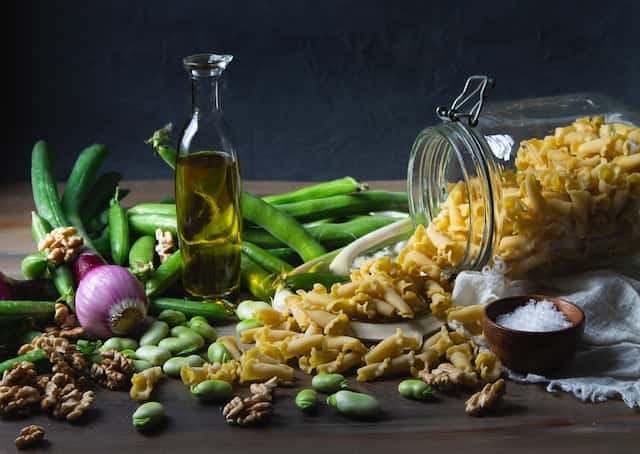
History of fava beans from the beginning until today
- Fava beans are one of the oldest plants continuously cultivated and also one of the simplest. They have a long history of being grown in Old World agriculture. In addition, they are one of the healthiest options out there.
- However, no wild progenitor has been located, and no recognised source of origin is known, for these legumes, which are thought to have formed a mainstay of the eastern Mediterranean diet somewhere about 6000 BCE together with lentils, peas, and chickpeas. Although not as common as it once was, this cover crop is nevertheless widely employed as a means of preventing soil erosion due to the fact that it can survive the winter and is a legume. They contribute to the soil by fixing nitrogen.
- The fava bean has remarkable plant resilience, allowing it to thrive even under very cold conditions. The broad bean is exceptional among legumes since it can be grown in both highly salinized and clay soil. But it does like nutrient-dense loams.
- In most of the English-speaking world, you’ll just hear “beans,” but “horse bean” and “field bean” actually refer to specific cultivars of the broad bean that have smaller, harder seeds and are more closely related to the wild species; these are typically used for animal feed, but their bolder flavour makes them a better choice in certain human food recipes like falafel.
- The name “fava bean” (from the Italian fava meaning bean) is used in the United States and other English-speaking countries, whereas the phrase “broad bean” is more often used in the United Kingdom, Australia, and New Zealand, as well as other Commonwealth countries.
